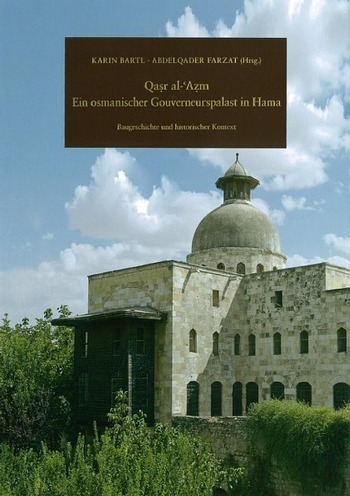Book Summary
Volume 15 of the Damascene Research series. The palace of the ´Aẓm family (Arabic Qasr al-´Aẓm) in the center of the provincial capital Hama is one of the most important representative and residential buildings of the late Ottoman period in Syria. The extensive, mainly two-storey building complex was founded in 1740 by the district governor of Hama, As´ad Basha al-´Aẓm, and has undergone numerous structural modifications until its current use as a museum building, without however significantly changing the basic building structure. Due to its long history of use and the large number of characteristic building details from the individual construction phases, the ´Aẓm Palace in Hama is one of the most important examples of the Arab courtyard type in Syria, in which both building traditions from Damascus and Aleppo can be demonstrated. This publication contains new basic plans of floor plans, sections and facade developments as well as 3D representations of the building, the detailed historical analysis of the system and its details, its chronological classification and its embedding in the historical context.
Publication Type
- Article



